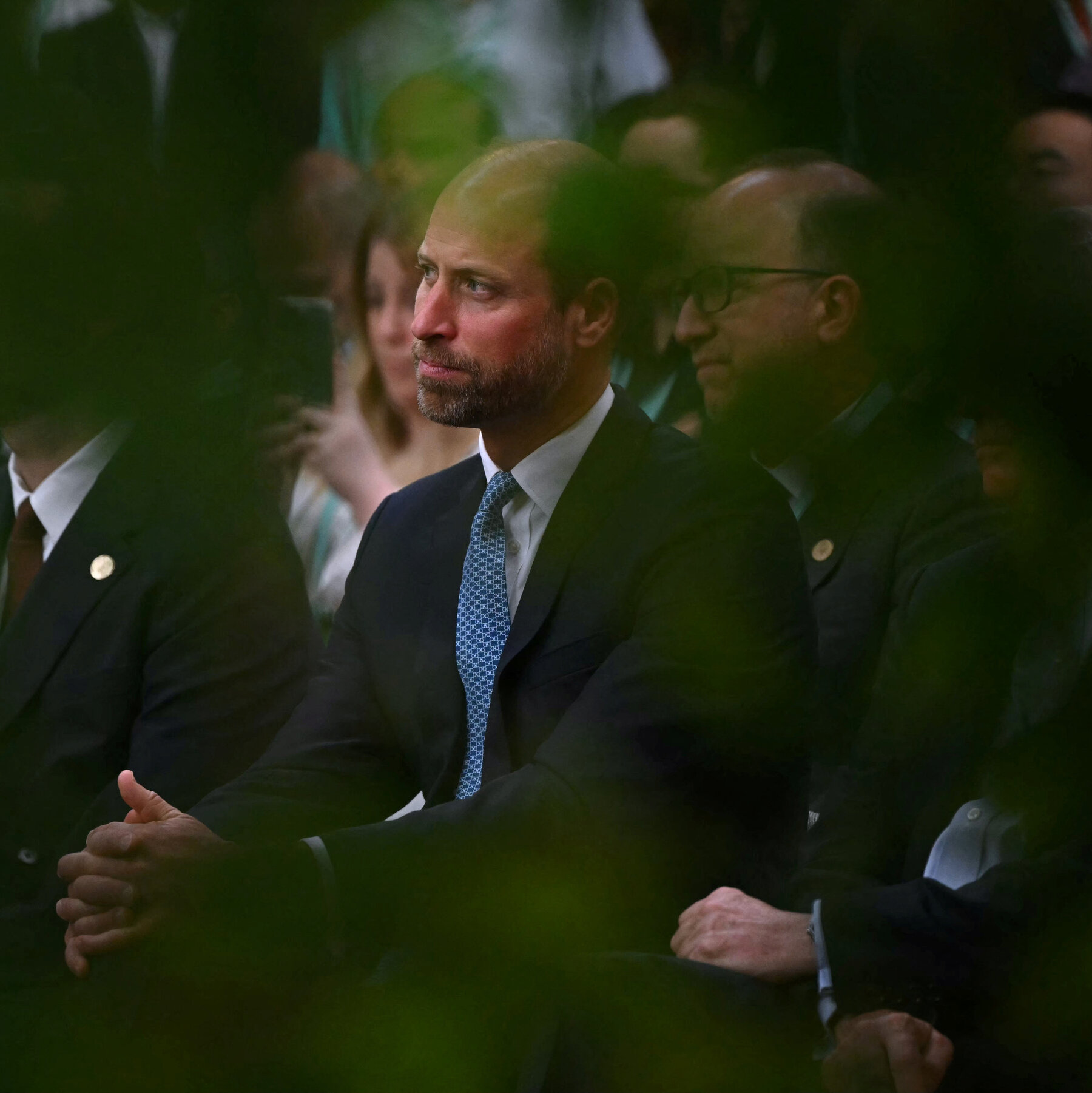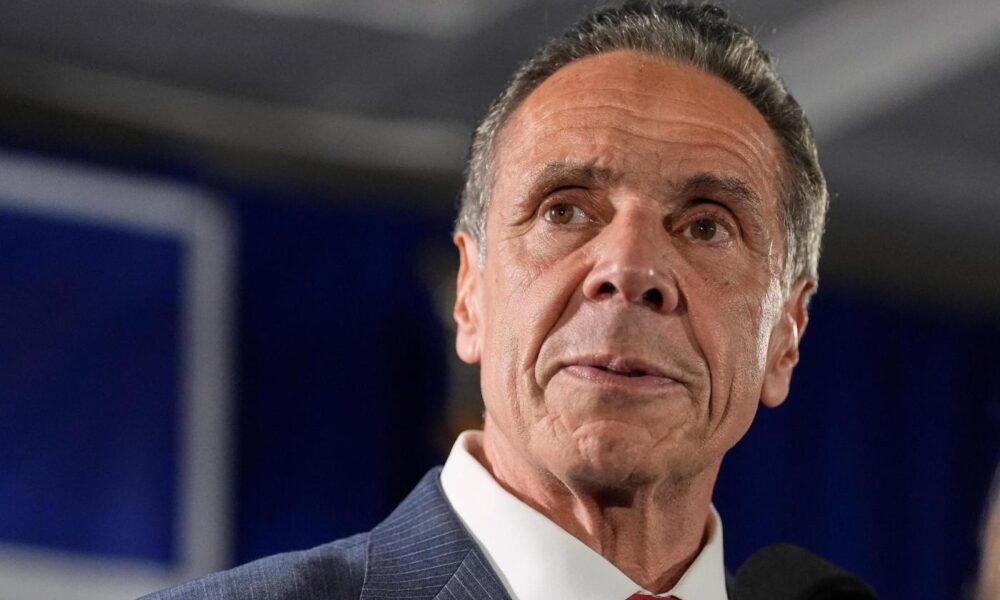Rescue and relief efforts are ramping up across Jamaica as communities continue to struggle with the aftermath of Hurricane Melissa, which made landfall on August 29, 2023. Four days after the storm, many areas remain isolated, with significant damage to infrastructure hampering access to essential supplies like food and water.
Teams of aid workers are actively distributing vital resources in hurricane-stricken regions such as St. Elizabeth and Westmoreland. Fallen concrete posts and trees have blocked roads, complicating access. In some locations, residents are resorting to collecting muddy water from rivers for daily use, while others have resorted to foraging for coconuts and roasting breadfruit to survive.
Emergency Response Underway
Pearnel Charles Jr., Jamaica’s Minister of Social Security, is among the officials coordinating emergency responses. Convoys are delivering ready-to-eat meals, water, tarpaulins, blankets, medicine, and other necessities. The impact of Hurricane Melissa has been devastating, with downed power lines and collapsed buildings severely disrupting food and water distribution across the island. As of now, over 60% of Jamaica is without power, forcing some individuals to walk for miles in search of basic goods and to check on family members.
Helicopters have been deployed to drop food supplies in remote communities that are hard to reach. The hurricane is linked to at least 19 fatalities in Jamaica, with health officials warning that this number could rise as access to many affected areas is still limited. Christopher Tufton, Jamaica’s Health Minister, emphasized the risk of increased mosquito populations, waterborne diseases, and food poisoning, advising residents to discard spoiled food.
Hurricane Melissa, categorized as a Category 5 hurricane, struck with winds reaching 185 mph (295 kph). The U.S. Embassy in Jamaica confirmed that a regional disaster assistance response team has been activated, following a directive from Secretary of State Marco Rubio. The embassy expressed the United States’ commitment to supporting Jamaica’s recovery efforts.
Government and Community Support
On social media, Matthew Samuda, Jamaica’s Minister of Water and Environment, made an urgent appeal for tarpaulins after numerous roofs were torn off homes in western Jamaica. Community members responded by indicating locations where supplies could be found, showcasing a spirit of solidarity in the face of adversity.
Prime Minister Andrew Holness reported significant damage in areas like Falmouth, a popular fishing destination on the north coast, where flooding and building collapses were prevalent. He stated, “Our immediate priority is to restore electricity and telecommunications and to ensure that essential services, particularly at the Falmouth Hospital, are stabilized.” Holness also affirmed Jamaica’s commitment to rebuilding “stronger and wiser.”
In a noteworthy financial response, the Caribbean Catastrophe Risk Insurance Facility (CCRIF) announced it would provide a record payout of $70.8 million to Jamaica. This payout, which will be disbursed within 14 days, is part of a mechanism that enables countries to pool risks to afford insurance against natural disasters. Fayval Williams, the Finance Minister, highlighted that this insurance policy forms one part of the government’s broader financial strategy to address natural calamities, which includes a contingency fund and a national disaster reserve.
As assessments of the damage continue, government officials are working tirelessly to address the immediate needs of affected communities while laying the groundwork for a more resilient future.





